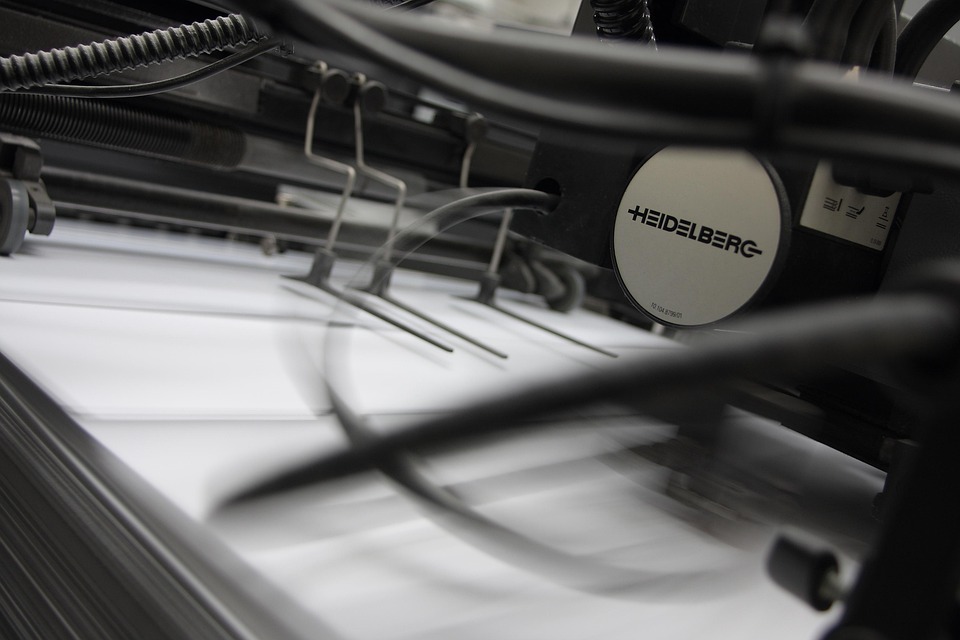This article systematically dissects and analyzes China’s printing equipment—from required documents and agency procedures to certification and customs clearance.ヨーロッパへの輸出Key practical takeaways to help you sidestep pitfalls and sail abroad steadily:

Essential Export Documents
1. Basic Documents
商業インボイス: Indicate the equipment model, power rating, and functional parameters (e.g., printing speed, resolution);
パッキングリスト: Weight and volume broken down by component (the EU charges based on gross weight);
Bill of Lading: The consignee must provide an EU EORI number (the enterprise’s unique identifier).
2. Compliance Documents
CEマーキング: Covers the Machinery Directive (MD) and the Electromagnetic Compatibility Directive (EMC);
Certificate of Origin: CO certificate, certifying the country of origin or place of manufacture of the goods;
Test Report: Noise testing (EN 1010), energy efficiency testing (e.g., energy label ERP).
3. Special Files
Dangerous Goods Declaration: Equipment containing ink or solvent must provide an MSDS (Material Safety Data Sheet);
EPR Registration(Extended Producer Responsibility): Starting in 2023, printing equipment must register its take-back responsibility in the destination country.

Agency Process and Logistics Options
1. Agency Partnership Model
End-to-end agency: Commissioning professionals機械設備Exporter, covering customs clearance, certification, and after-sales service;
Segmented proxy: Splitting logistics and customs clearance reduces costs but requires self-coordination.
2. Key Steps
契約を締結する: Clarify FCA/DDP terms and establish a mechanism for handling quality disputes;
Production stock preparation: Pre-inspect equipment to CE standards (e.g., protective guards, emergency stop buttons);
Logistics Solution:
- 配送: Shanghai/Shenzhen to Port of Rotterdam (28–35 days), FCL freight cost approx. $5,000/40HQ;
- China-Europe Railway Express: Chongqing–Hamburg (18–22 days), freight cost 15% higher than ocean freight, but transit time is stable;
- 空輸: Express order available; shipping cost is 8–12 times that of sea freight.
Core Certification and Regulatory Requirements
1. Mandatory Certification
CEマーキング:
- Machinery Directive (MD 2006/42/EC): The equipment must pass a safety design evaluation (e.g., protective devices, emergency braking);
- EMC指令(2014/30/EU): Ensure that the device's electromagnetic radiation does not interfere with other products.
RoHS指令(2011/65/EU): Restrict six categories of hazardous substances, including lead and cadmium; a third-party test report must be provided.
2. Environmental regulations
REACH規則: Submit an SVHC (Substance of Very High Concern) content declaration;
EPR system: Register recycling obligations in countries such as Germany and France, and contribute to environmental funds.
3. Energy Efficiency Requirements
ERP Energy Efficiency Label: Some equipment must be labeled with an energy efficiency rating (e.g., Class A++);
Eco-design Directive (EuP): Limit standby power consumption of devices (e.g., ≤1 W).

Common Risks and Countermeasures
- File error: Discrepancy between the commercial invoice and the bill of lading led to cargo detention;
- Countermeasures: Use the ERP system to automatically generate and validate the file.
- Missing certification: CE marking absent, intercepted by customs;
- Countermeasures: Entrust an EU Authorized Representative (EC REP) to affix the CE mark and file for record.
- Environmental penalty: Unregistered EPR subject to heavy fines (up to €100,000 in Germany);
- Countermeasures: Complete your registration on the LUCID platform in advance.
In short, only by planning ahead can we turn compliance pressure into technological competitiveness and secure an unassailable position in the European market. Moreover, if you need agency services for export trade, feel free to contact us anytime!


 カスタマーサービスWeChatをフォローしてください
カスタマーサービスWeChatをフォローしてください